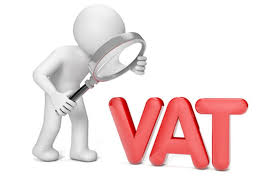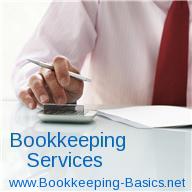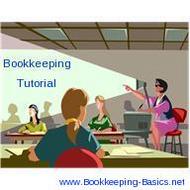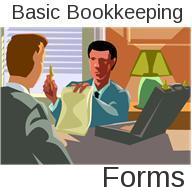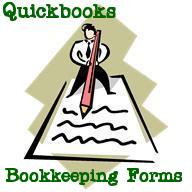- Home
- Questions and Answers
- Vat Setoff
Value Added Tax Bookkeeping Question
In the double entry if you pay by check and you have vat added where do you put the debit and credit with the vat? Thanks
Comments for Value Added Tax Bookkeeping Question
|
||
|
||
VAT
by Sharon
(UK)
If a customer has rec'd cash of say £500 (cash sales) do you deduct the VAT amount from this or add it on, also do you only quote the net amount into the relevant ledger or the gross? Thanks
Comments for VAT
|
||
|
||
Vat Accounting Entry
by Satish
(Nagpur)
I want to know how to make Accounting entry of Vat of Subcontractor work done bill in construction company in India
Comments for Vat Accounting Entry
|
||
|
||
Vat Clearing
How can I accurately record VAT clearing and business levy in the financial statements while working on a spreadsheet?
Comments for Vat Clearing
|
||
|
||
|
||
Vat on Directors Loan Account Purchases
Please help, my director books his personal air tickets via the company accounts, can I claim the vat on these invoices, or should the entire invoice amount be for the loan account?
Comments for Vat on Directors Loan Account Purchases
|
||
|
||
VAT On Sales Refund
by Margaret
(Limerick)
Hello.
I am writing a cheque as a refund to a customer. Can I claim vat back on this cheque payment as I would have paid the full vat on origional sales invoice?
Thank you.
Comments for VAT On Sales Refund
|
||
|
||
Vat Setoff
by ashu_d21@rediff.com
(pune Maharashtra India )
Can we take vat set off on purchase of 1st quarter in 2nd quarter?
Comments for Vat Setoff
|
||
|
||
Please subscribe to my monthly newsletter, Bookkeeping Basics E-zine. It tells you every month about the new information that I have added, including some great tips and advice from myself and other Bookkeeping Basics readers.
Like Bookkeeping-Basics.net?
- Home
- Questions and Answers
- Vat Setoff
